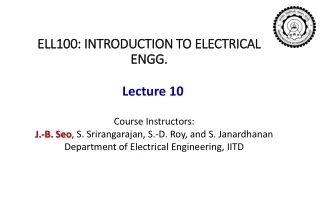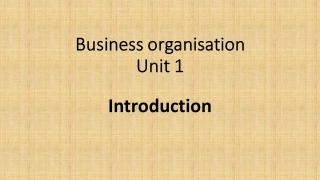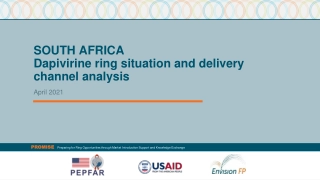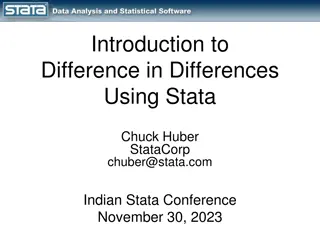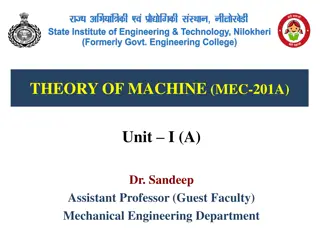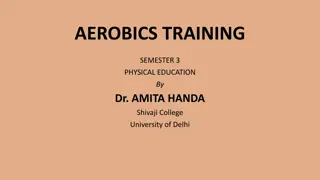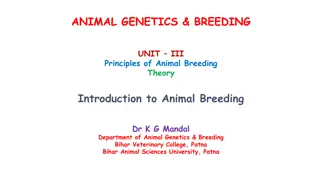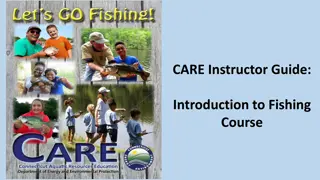
Understanding the Origins and Nature of Operations Research
Delve into the roots of operations research, tracing back to World War II and its applications in strategic decision-making across various sectors. Explore the practical example of optimizing flight ticket purchases for a recurring business commitment. Learn about the key questions involved in decision-making processes within operations research.
Download Presentation

Please find below an Image/Link to download the presentation.
The content on the website is provided AS IS for your information and personal use only. It may not be sold, licensed, or shared on other websites without obtaining consent from the author. If you encounter any issues during the download, it is possible that the publisher has removed the file from their server.
You are allowed to download the files provided on this website for personal or commercial use, subject to the condition that they are used lawfully. All files are the property of their respective owners.
The content on the website is provided AS IS for your information and personal use only. It may not be sold, licensed, or shared on other websites without obtaining consent from the author.
E N D
Presentation Transcript
1.1 1.1 THE THE ORIGINS OF OPERATIONS ORIGINS OF OPERATIONS RESEARCH RESEARCH The roots of OR can be traced back many decades, when early attempts were made to use a scientific approach in the management of organizations. However, the beginning of the activity called operations research has generally been attributed to the military services early in World War II. Because of the war effort, there was an urgent need to allocate scarce resources to the various military operations and to the activities within each operation in an effective manner. Therefore, the British and then the U.S. military management called upon a large number of scientists to apply a scientific approach to dealing with this and other strategic and tactical problems. In effect, they were asked to do research on (military) operations.
1.1 1.1 THE ORIGINS OF OPERATIONS THE ORIGINS OF OPERATIONS RESEARCH RESEARCH These teams of scientists were the first OR teams. By developing effective methods of using the new tool of radar, these teams were instrumental in winning the Air Battle of Britain. Through their research on how to better manage convoy and antisubmarine operations, they also played a major role in winning the Battle of the North Atlantic. Similar efforts assisted the Island Campaign in the Pacific.
1.2 1.2 THE THE NATURE OF OPERATIONS NATURE OF OPERATIONS RESEARCH RESEARCH As its name implies, operations research involves research on operations. Thus, operations research is applied to problems that concern how to conduct and coordinate the operations (i.e., the activities) within an organization. The nature of the organization is essentially immaterial, and in fact, OR has been applied extensively in such diverse areas as manufacturing, transportation, telecommunications, financial military, and public services, to name just a few. Therefore, the breadth of application is unusually wide. construction, health care, planning, the
Imagine that you have a 5-week business commitment between Fayetteville (FYV) and Denver (DEN). You fly out of Fayetteville on Mondays and return on Wednesdays. A regular round-trip ticket costs $400, but a 20% discount is granted if the dates of the ticket span a weekend. A one- way ticket in either direction costs 75% of the regular price. How should you buy the tickets for the 5-week period?
We can look at the situation as a decision-making problem whose solution requires answering three questions: 1. What are the decision alternatives? 2. Under what restrictions is the decision made? 3. What is an appropriate objective criterion for evaluating the alternati-ves?
Three alternatives are considered: 1. Buy five regular FYV-DEN-FYV for departure on Monday and return on Wednesday of the same week. 2. Buy one FYV-DEN, four DEN-FYV-DEN that span weekends, and one DENFYV. 3. Buy one FYV-DEN-FYV to cover Monday of the first week and Wednesday of the last week and four DEN-FYV-DEN to cover the remaining legs. All tickets in this alternative span at least one weekend. The restriction on these options is that you should be able to leave FYV on Monday and return on Wednesday of the same week.
An obvious objective criterion for evaluating the proposed alternative is the price of the tickets. The alternative that yields the smallest cost is the best. Specifically, we have 1. Alternative 1 cost = 5 X 400 = $2000 2. Alternative 2 cost = .75 X 400 + 4 X (.8 X 400) + .75 X 400 = $1880 3. Alternative 3 cost = 5 X (.8 X 400) = $1600 Thus, you should choose alternative 3.
Though the preceding example illustrates the three main components of an OR model-alternatives, objective criterion, and constraints-situations differ in the details of how each component is developed and constructed.
Forming a maximum-area rectangle out of a piece of wire of length L inches
To illustrate this point, consider forming a maximum-area rectangle out of a piece of wire of length L inches. What should be the width and height of the rectangle? In contrast with the tickets example, the number of alternatives in the present example is not finite; namely, the width and height of the rectangle can assume an infinite number of values. To formalize this observation, the alternatives of the problem are identified by defining the width and height as continuous (algebraic) variables. Let w = width of the rectangle in inches h = height of the rectangle in inches
Based on these definitions, the restrictions of the situation can be expressed verbally as 1. Width of rectangle + Height of rectangle = Half the length of the wire 2. Width and height cannot be negative These restrictions are translated algebraically as 1. 2(w + h) = L w 0, h 0 2.
The only remaining component now is the objective of the problem; namely, aximization of the area of the rectangle. Let z be the area of the rectangle, then the complete model becomes Maximize z = wh subject to 2(w + h) = L w, h 0 The optimal solution of this model is w = h = ? constructing a square shape. which calls for 4
2(w + h) = L (w + h) = ? w = ? 2(w + h) = L (w + h) = ? h = ? Thus, Z = wh will be maximum subject to 2(w + h) = L; w 0; and h 0 2 2 2 - h 2 - w Maximize Z = wh Z = Maximize Z = wh Z = ? 2 h 2 2 ? 2 ? w 2? ?2 ? ? Z = Z = if Max Z if z = 0 Max Z if z = 0 h = w = ? ?? ? = ? ?? ?? = ? 2 2 = 0 2 2? = 0 ? 2 =? 2? =? 2 2 =? ? =? 4 4
General OR Model Based on the preceding two examples, the general OR model can be organized in the following general format: Maximize Maximize or minimize minimize Objective Objective Function Function subject to subject to Constraints Constraints
OTHER EXAMPLE: OTHER EXAMPLE: Reddy Mikks Reddy Mikks Example Example

